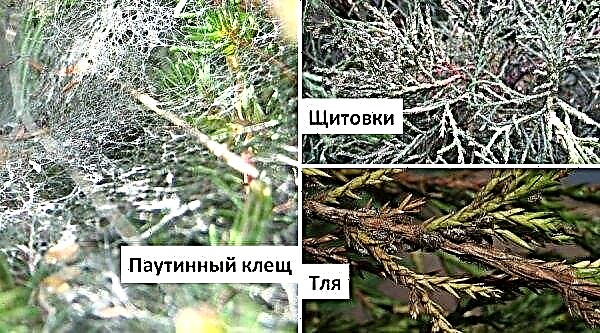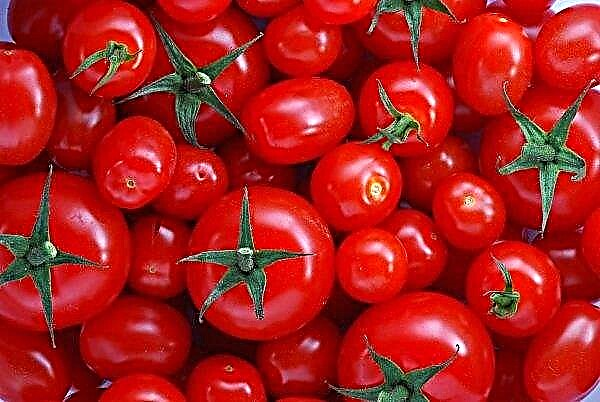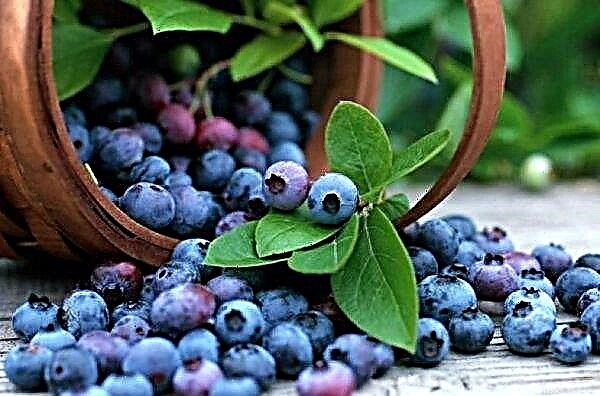During the period of mass ripening of watermelon, melon and other fruit crops, everyone is happy to enjoy their juicy and fragrant flesh. However, few people think about using their peel. But, in fact, such a seemingly inedible and simple product can be an excellent basis for a gourmet dish. The article will examine in detail how to use melon skin for making jam, as well as the most popular recipes with step-by-step instructions and photos.
The Benefits of Melon Peel Jam
Winter is the best time to give preference to delicious homemade jam. It makes it possible not only to diversify the daily table, but also to eliminate the deficiency of the body in a variety of vitamins and minerals. Along with such popular fruits as raspberries, strawberries and apples, melon, and especially its skins, is considered equally suitable for the preparation of the product. Despite the fact that such a product does not have such a rich aroma as the central parts of the pulp, dishes based on it are distinguished by their usefulness and taste.
As part of jam from melon skins, many vitamins, minerals and other substances have been found that can improve metabolism and immunity. Among them, vitamins A, E, PP, group B, such minerals as zinc, chlorine, sulfur, phosphorus, fluorine, iodine, magnesium, cobalt, ferum, calcium and cuprum are also considered to be especially valuable for health. The product also contains pectins, citric, malic and oxalic acids, polyunsaturated fatty acids, amino acids and fiber.
Did you know? Melon is one of the oldest cultivated plants. The first mention of it is found in Bible scriptures, where the plant acted as an element of the daily diet of the population of Ancient Egypt and the surrounding territories.
- With moderate use, such a complex makes it possible:
- boost immunity;
- improve visual acuity;
- restore the structure of hair and skin;
- eliminate manifestations of arterial hypertension;
- protect the body from atherosclerosis;
- normalize metabolism and hormonal metabolism;
- increase efficiency;
- cleanse the genitourinary system;
- activate the flow of physiological fluids;
- relieve excessive irritability and emotional irritability.
The main disadvantage of the product is considered to be an increased concentration of sugar. That is why most nutritionists and experienced therapists strictly do not recommend consuming melon jam in case of problems with being overweight or with diabetes.
Ingredient preparation
The preparation of the ingredients begins long before the jam itself is prepared. The first thing to do while doing this is to choose quality ingredients for preparing the product. The skins of slightly unripe fruits are best suited for this; during heat treatment they preserve the structure of the fruit in a jelly-like mass. They often have a light green hue of the outer skin, as well as a soft peduncle.
- It is not recommended to use skins taken from fruits:
- with an uncharacteristic odor;
- having obvious signs of damage by fungi or insect pests;
- related to feed varieties;
- purchased on the markets in the first half of summer (they often contain elevated concentrations of nitrates, as well as other derivatives of chemical fertilizers and plant protection products).
Preparation of selected skins is considered the easiest step in making jam. Begin the procedure with their thorough cleaning of contaminants under cool running water. After that, from the skins, it is necessary to cut off the upper dense crust. It is not only unsuitable for consumption, but also a reservoir for the accumulation of all kinds of toxic substances absorbed by the plant from the soil, therefore only the inner, white part of the skins is taken for consumption.Important! For making jam, only varieties with thick and dense pulp are suitable. From thin-skinned fruits, it is problematic to prepare the required amount of raw materials, so their use is inappropriate.

To eliminate nitrates and other toxins, it is also recommended to soak the skins in cold water before cutting., with a few tablespoons of chopped chalk. The substance is the best absorbent, so in just a day it will eliminate all traces of harmful substances. Next, the workpieces are thoroughly washed under running water, after which the crust becomes the most suitable for cooking a sweet product.
Before cooking, you should also cut the skins to a small cube. Their shape may be arbitrary and not necessarily uniform, but only uniform pieces look best in the product.Step-by-step recipes for jam melon peel preserves for the winter
Cooking is replete with a variety of recipes for jam, jams and other sweets from melon. They have a unique aroma, and are also able to complement almost any festive table. However, not every one of them can be called truly successful, therefore, the most popular of them will be considered later.
The easiest cooking recipe

1l 60 min.
peeled melon skins
1 kg
Nutritional value per 100 g:
- Place chopped skins in a deep pan and sprinkle them with sugar.
- Transfer the mixture to the refrigerator and let stand for 10-12 hours. To give the dish extra piquancy, lemon juice (from 1 small fruit) should be added to the fruit and sugar. It will give a light citrus aroma and a refined sweet and sour flavor.
- Put the pan on the fire, bring the mixture to a boil, and then set the pan aside to cool completely. Skins should not be cooked for a long time, otherwise they will lose their structure.
- Reheat the mixture and boil for 5-10 minutes.
- Pour the hot jam into sterile jars and roll them under the lid.

Important! Instead of skins, as an alternative, you can use unripe fruits. However, in this case, the melon must necessarily have a rich and distinct aroma.
With strawberry

1.5 L 40 min.
peeled melon skins
1 kg
Nutritional value per 100 g:
- Combine water and sugar in a saucepan, and then over low heat bring everything to a uniform consistency.
- Add honey to the syrup and bring the mixture to a boil.
- Put crushed fruits in a sweet mixture, and then boil everything for 30 minutes. In this case, be sure to remove the resulting foam.
- Pour the hot jam into sterile jars, and then roll it under the lid. Preparing jam in this way is quite simple, while the final product acquires a rich melon taste and a light berry aftertaste.

Terms and methods of storage
Jam prepared according to the above recipes has good storage. With strict observance of the cooking technology, the final product can be stored after seaming for about 1-2 years. However, for this he should create special storage conditions. First of all, it is a temperature from +5 to + 15 ° С. The moisture indicator is also important for the preservation of melon jam, its optimal values should be in the range of 70–80%. It is not difficult to achieve such storage conditions; for this, rolled up jars should be placed in a refrigerator, cellar or vegetable store.
Did you know? The most expensive melon in the world is recognized as the Yubari King variety. The plant is grown exclusively in Japan, and the cost of one ripe fruit can reach $10,000 US.
You can store jam in a closet at room temperature, but in this case it should be consumed for a year after manufacture.

Jam from melon peels is not only fragrant, but also a healthy dish that can decorate any holiday. Its preparation does not require special skills, so even an inexperienced housewife can cope with this task. The main thing is to choose a quality fruit base and seriously prepare for the process. This will help you get a gourmet dish worthy of photography in any cookbook.












